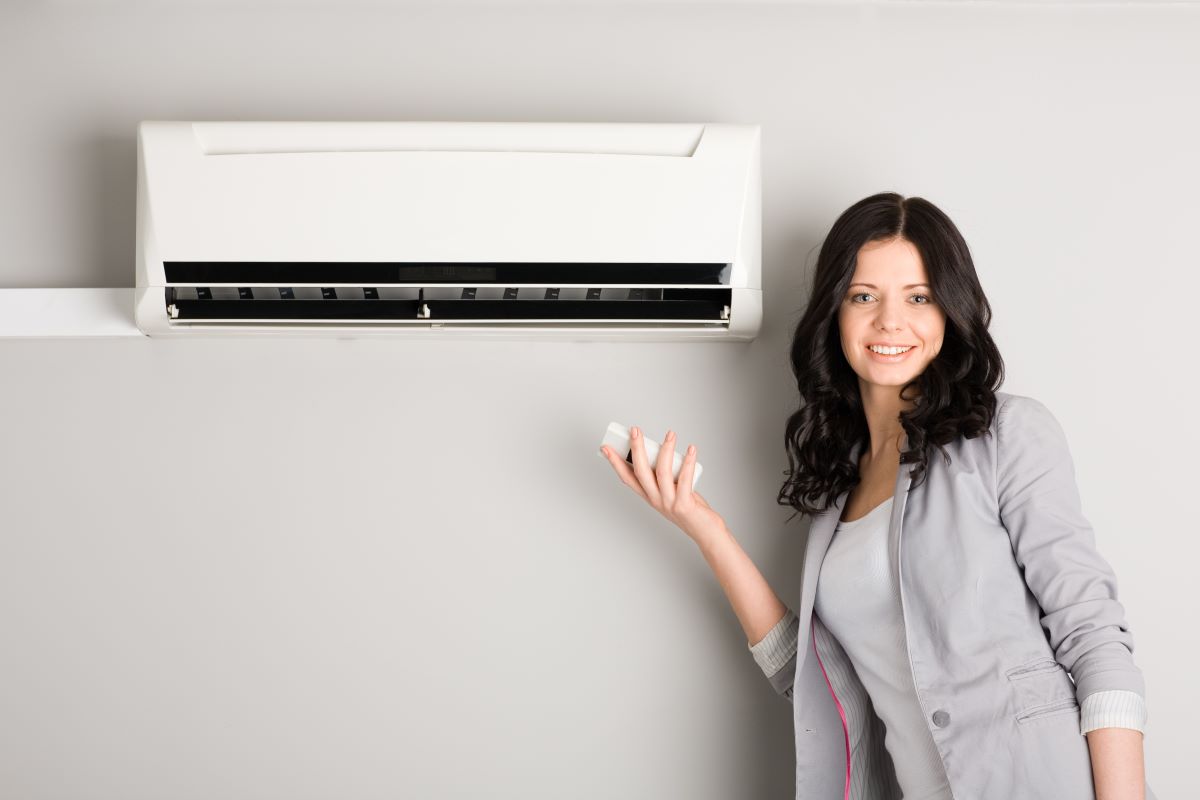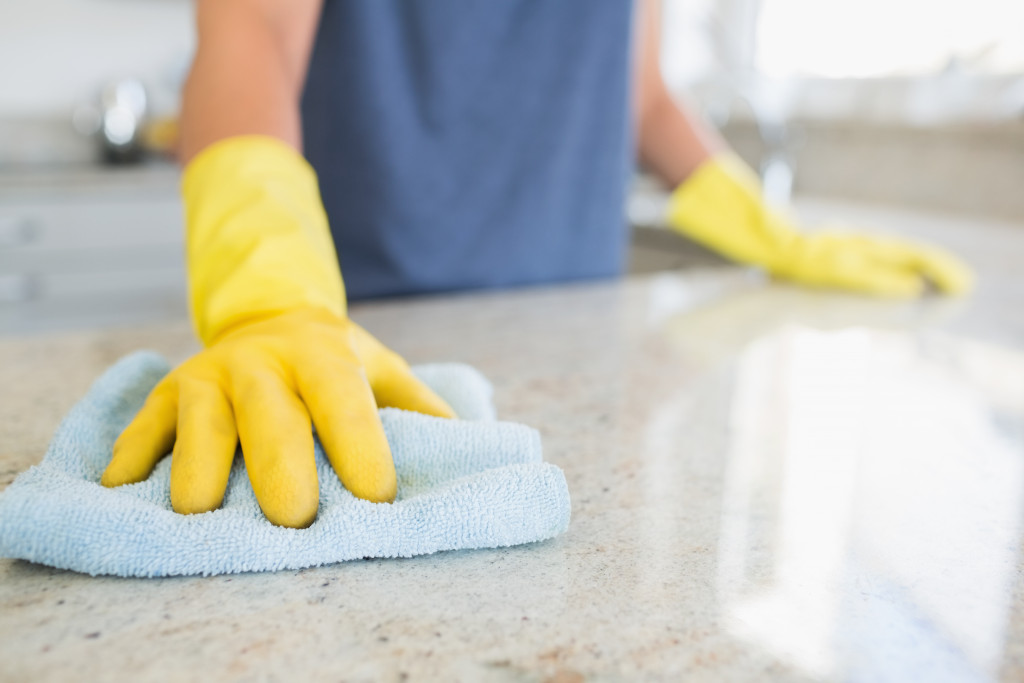Dust is so hard to get rid of, even at home. One study from an air purifier brand found that an American home has an average of 40 pounds worth of dust each year.
There are many sources of dust inside a home. The most common types of dust include dead skin cells, dander for homes with pets, clothing fibers, pollen, and so on. Dust from outside can also enter the home through windows or the things you wear.
Living in a dusty home can be very uncomfortable. It comes with health risks too.
Effects of Dust
Having too much dust around you is bad for your health. For example, dust can irritate your eyes. And they will become dry and itchy. Other common issues caused by dust are coughing and sneezing. The more serious effects include allergic rhinitis and asthma attacks.
Given all these effects, you need to put more effort into keeping your home as dust-free as possible. Here are some things you can do:
Clean regularly
You need to clean your home regularly if you want to get rid of the dust. Consider using the top-down approach when you clean. If you start dusting high places, the dust particles that your cleaning materials can’t collect will likely collect on the ground. In this case, gravity is your friend. Dust will be easier to clean once they’re on reachable surfaces and the floor.
Speaking of the floor, sweep or vacuum your floors once a day, if your time permits. This activity can be time-consuming depending on the size of your home. So consider catching up on some podcast episodes or making some calls so you can maximize your time.
Vacuuming your floors is much more important if you have carpeted floors. Carpets are dust magnets. You’ll want to hire a residenttial carpet cleaning service to clean your carpets every two months. This is especially important if you have family members with allergies or respiratory conditions.
Use the Right Cleaning Supplies
When you clean, make sure that you use the right supplies. You’ll want things that would attract and hold dust, instead of just moving them around. On that note, avoid using feather dusters. Consider using damp rags and lint rollers. One fabric you’ll want to use to clean surfaces is microfiber. Dust is negatively charged, so they’re attracted to microfiber, which is positively charged.
Leave Shoes at the Door
Your outdoor shoes bring a lot of dust home. Thus, it will be good to practice a no-shoe policy indoors. Leave your outdoor shoes at the door. Consider putting a shoe cabinet by the entryway. As soon as you get home, place your outdoor shoes in the cabinet and go barefoot at home or use a pair of indoor slippers.
Use a Sturdy Doormat
In conjunction with leaving your shoes at the door, you also need to use a sturdy doormat. Two-thirds of dust comes from the outside. Your doormat will work as your “filter” at the front door. Before you enter your home, wipe the soles of your shoes on the mat a few times to reduce the dust stuck on them.
Replace Your HVAC Filter Regularly

Dust can enter your home through your heating, ventilation, and air conditioning (HVAC) system. Technically, it’s supposed to keep dust particles out of your home through filters. But if they’re not replaced regularly, filters become ineffective and will eventually let dust in.
The rule of thumb is to replace filters every 90 days. But if you have a family member with allergies or a respiratory condition, you need to replace filters more often. Consider using an inexpensive filter and replace it every month to limit the dust coming from your HVAC system.
Buy indoor plants
Plants are nature’s air purifiers. Placing indoor plants in different areas of your home can help you keep dust and other air pollutants away. The foliage of the plants will be able to collect dust so that they’re not loitering in the air.
But not all indoor plants can help in reducing dust inside your home. So you need to make sure that you get the right ones. Some examples of indoor plants you could get are rubber plants, English ivy, dripping lotus, and the date palm tree.
When dust accumulates in different areas of your home, you put your health at risk, as well as the people you live with. Maintaining a dust-free home can be tedious. But all the effort will be worth it because you will keep your home healthy.

